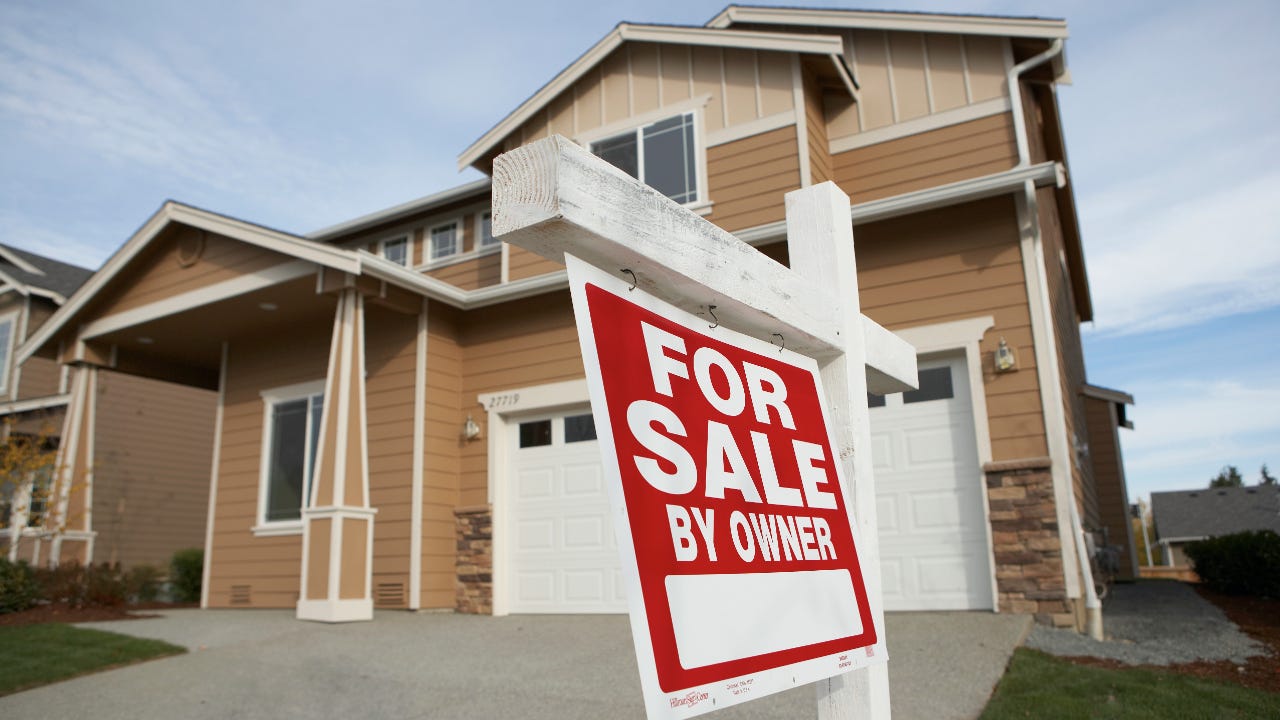The expensive, inventory-starved housing market in 5 charts

The Bankrate promise
At Bankrate we strive to help you make smarter financial decisions. While we adhere to strict , this post may contain references to products from our partners. Here's an explanation for .
Since the start of the coronavirus pandemic, the real estate industry has been in a frenzy. The housing market bucked the broader economic slowdown as COVID took hold and set record after record on the back of limited housing supply and historically low mortgage interest rates. Although mortgage rates have since risen, inventory remains low and the housing market is still super competitive. Data compiled by John Burns Real Estate Consulting shows just how weird things have been in real estate since 2020.
How much did mortgage rates really affect home sales?
Home sales were strong in 2020 and even stronger in 2021 despite limited inventory. It was probably that limited inventory that kept the rate of sales below record levels.
The supply of homes just could not keep up
Existing homes for sale plunged well below the normal average, and builders couldn’t churn out new dwellings fast enough. 2021 started out below the 2020 baseline and existing home inventory has yet to recover to pre-pandemic levels.
Consumer sentiment was clear: it’s a seller’s market
Conditions strongly favor sellers these days, and even as mortgage rates rise, competition among buyers remains fierce.
Builder prices keep going up
Construction costs trended upward throughout the pandemic, and have jumped significantly since the start of 2021. Builders have seen the costs of their raw materials going up, which is a major factor in consumer pricing.
Homeownership costs continue to outpace rentals
The cost gap between owning a starter home and renting widened in 2021, and though the trend shows little sign of reversing this year, costs do appear to be leveling out so far in 2022.
Learn more:
Related Articles



How much will a house cost by 2030? Predictions and tips to start saving
